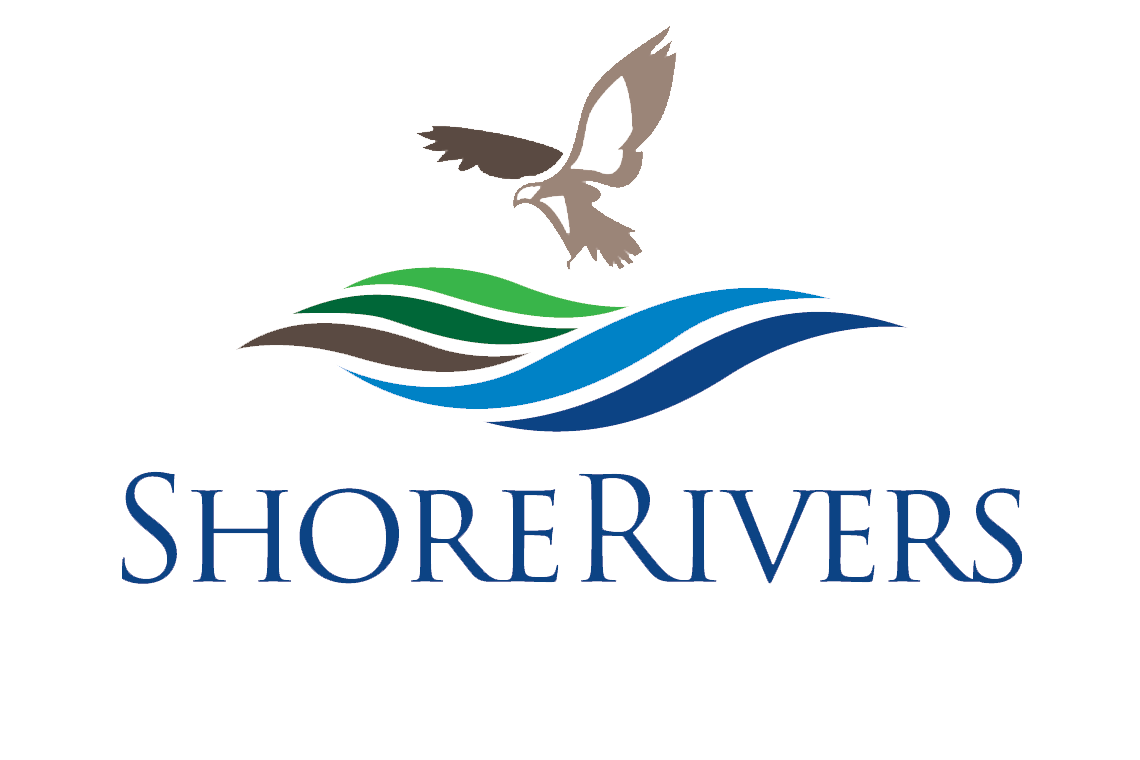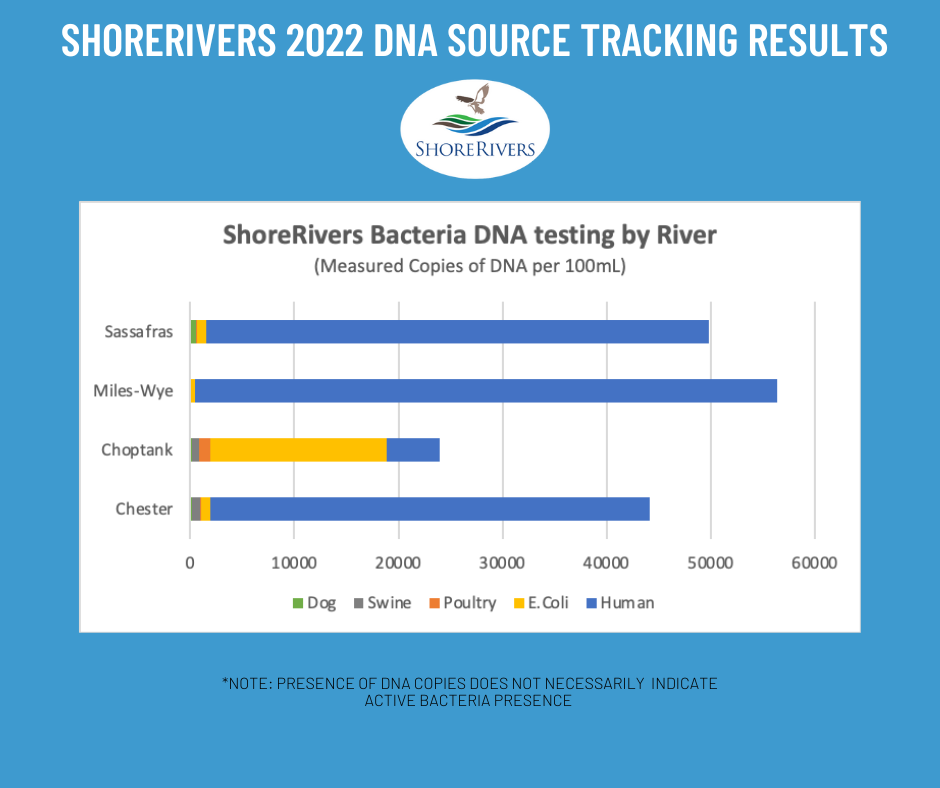By collecting, analyzing, and distributing data on bacteria levels in our waterways, ShoreRivers aims to provide the public with the information needed to make educated decisions about contact with the water. This year, ShoreRivers monitored bacteria levels at 45 sites around the region—a major expansion from last year's 32 sites—providing a critical public health service for communities and identifying pollution hotspots for future restoration efforts.
A team of citizen scientists called SwimTesters volunteer their time to test these sites weekly between Memorial Day and Labor Day, and generous site sponsors cover a portion of the associated costs. These SwimTesters monitor for enterococci bacteria at popular public access locations, marinas, yacht clubs, and town piers. The program follows the U.S. Environmental Protection Agency’s standard protocols for collecting and analyzing samples and uses a pass/fail system to determine if bacteria levels are safe or unsafe for swimming. Results can be found during the season at shorerivers.org/swim, and at theswimguide.org, or by following #SwimmableShoreRivers or your local Riverkeeper’s pages on social media.
ShoreRivers has begun tracking sources of bacteria pollution at sites that consistently fail in the span of a season. This additional level of data will help ShoreRivers hone in on chronic causes of pollution in our waterways and identify mitigation strategies.
Multiple years of bacteria monitoring have highlighted sites that consistently show elevated levels of bacteria, indicating a chronic source of pollution that could be caused by failing septic systems, waste from animal farms, or manure fertilizer. Acute sources of bacteria pollution include overflows from wastewater treatment plants and pet or wild animal waste. Of the 45 sites monitored by ShoreRivers SwimTesters this year, nine failed to meet the threshold for safe water contact more than half of the times they were tested. These sites are located on the Choptank River: Red Bridges in Greensboro, Hillsboro Landing, Choptank Marina Beach, Trappe Landing, and Willis Street Beach in Cambridge; in Eastern Bay: Broad Cove near Claiborne; and on the Chester River: Millington Waterfront Park, Morgan Creek Landing, and Broad Neck Landing.
Thanks to generous private donations and funding from the Cornell Douglas Foundation, ShoreRivers has begun tracking the sources of this bacteria pollution. In partnership with Jonah Ventures in Colorado, who works with several other Riverkeeper organizations, ShoreRivers utilized DNA testing over several weeks to identify specific animal sources of this bacterial pollution—whether it be human, poultry, canine, or swine. This new type of testing measures the number of DNA copies found per 100ml of sample water.
“DNA copies do not indicate the presence of active bacteria on their own,” said Chester Riverkeeper Annie Richards. “However, when paired with ShoreRivers bacteria testing for fecal enterococci, we can begin to track patterns between high bacteria levels and the most abundant DNA species present in the water at the time a sample was collected.”
Results from 2022 testing indicate the overwhelming majority of DNA present across our rivers is human, making shoreline septic systems, wastewater treatment outfalls, and illegal marine discharge key sources to monitor in the year ahead.
“DNA testing is another tool in our belt to help ShoreRivers identify pollution sources and start working toward real mitigation strategies,” says Richards. “It’s more important than ever to fully fund our testing sites so we can put more resources into DNA tracking next season. Accumulating multiple years of data is the best way for the Riverkeepers to discern trends for these impaired sites and advocate effectively with stakeholders across our watershed to find a solution.”
For the 2023 bacteria monitoring season, ShoreRivers is searching for sponsors for 18 sites. Site sponsorship allows ShoreRivers to redirect general funds to grow our source tracking program and to activate new sites from the waitlist. The cost to sponsor a site is $40 per week or $640 for an entire season. Anyone can be a sponsor—individuals, families, organizations, or communities. The more bacterial data gathered, the clearer ShoreRivers’ path will be to targeted restoration efforts in our local watersheds.
Clean water is an essential right for everyone, and everyone deserves to know if the water is safe for them and their families to access. For more information about our bacteria testing program and to become a site sponsor, visit shorerivers.org/swim or email your local Riverkeeper.


